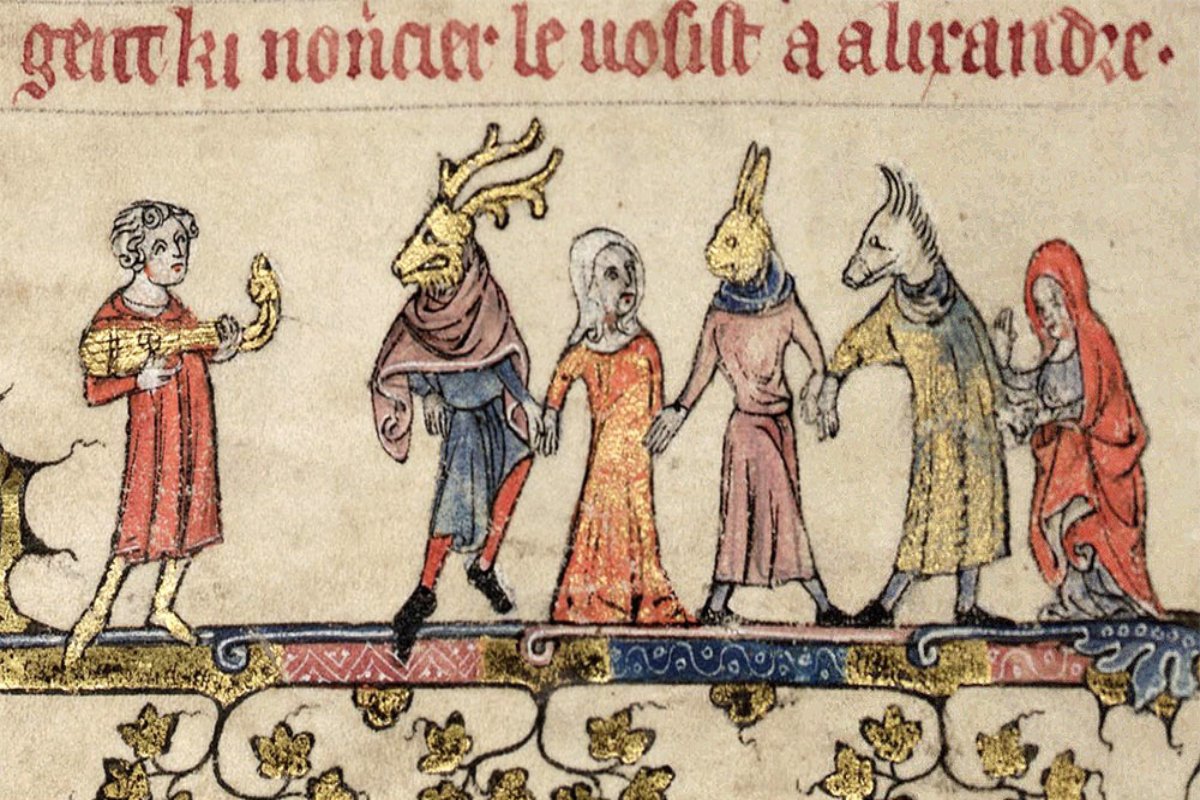
Of all England's megaliths, these are some of the strangest (in terms of why they are there). In the Middle Ages, a boat carrying them across Whittlesea Mere from Barnack capsized - for centuries they were visible lying in the mere (seen here in 1786) 
https://twitter.com/DrSueOosthuizen/status/1037965049740984325

Whittlesea Mere - the largest mere in the Fens - was finally drained in the 1850s (the last part of the Fens to be drained) but the stones are still there. We can only guess which church they were intended for; the quarry at Barnack supplied stone for many East Anglian churches
Are there any megaliths in the English landscape that are only there because someone accidentally dropped them from a boat and then drained the body of water? I'd be surprised if there were!
Naturally, I like to think they were on their way to Bury St Edmunds...
Of course, for all I know there may be archaeologists who argue the stones were a deliberate ritual deposit... 😂
• • •
Missing some Tweet in this thread? You can try to
force a refresh





